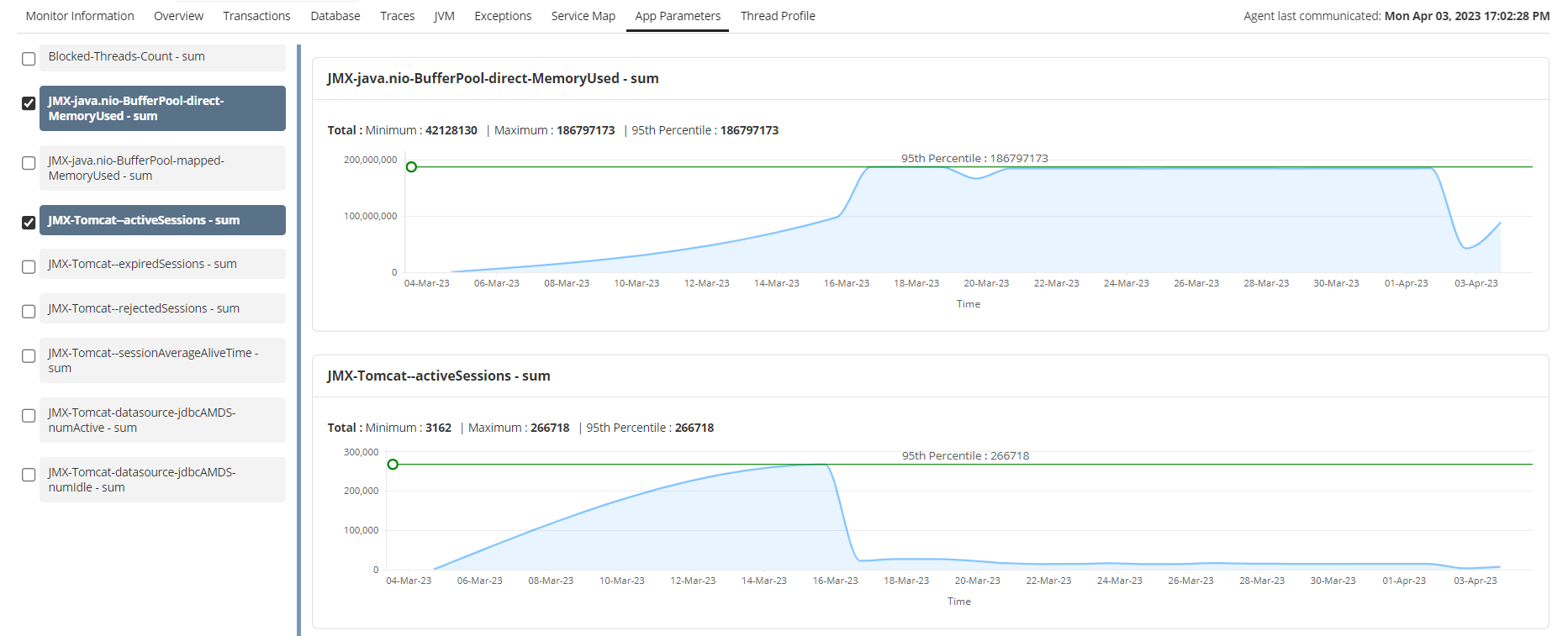

It just comes down to what the user community will bear and that factor varies from application to application. There is no industry standard for what is an acceptable response time for applications. Systems managers need to focus on the elements of response times that they can control and those monitoring in-house delivery of applications have control over more factors than those responsible for managing websites. However, simplifying the content of the site, deploying transmission optimizers, and using a content delivery network will squeeze as much extra speed out of the delivery system to improve page response times as far as possible. In website scenarios, there is little the business can do to improve the performance of that device. In some cases, the main cause of slow response times lies with the user’s device. When users leave a site, it increases the “ bounce rate” of the page that they were on and that is a factor that search engines use when ranking entries in their results pages. That immediately loses the business a potential customer, but it also has a knock-on effect on the competitive performance of the website. Slow response time in web pages can cause a visitor to a site to give up and go to a rival’s website.
#.net monitor tools software#
While response time is important when operating business software for use by in-house staff, the issue becomes business-critical in eCommerce applications. This action relies on the performance of the application running on a server through to the availability of resources on the user’s device and all network services between those two points. While load time includes factors such as the time it takes software to start up on the user’s computer and web browser issues, response time is concerned with the speed of changes in the content shown by applications.Ī “response” is an answer to a user request or action. This is closely related to “ load time,” but is not exactly the same. “ Response time” defines the length of time an application takes to show results to a user.

#.net monitor tools free#
Google PageSpeed Insights A free on-demand response time testing service that includes performance improvement advice.Pingdom A website availability and response time monitoring service that checks delivery performance to more than 100 locations around the globe.ManageEngine Applications Manager A monitor for both applications and server performance that can also identify network response time problems.This tool includes root cause analysis support and capacity planning facilities. SolarWinds Server & Application Monitor EDITOR’S CHOICE A comprehensive applications monitor that includes server performance tracking.Here is our list of the four best response time monitoring tools: So, monitoring CPU, disk, and memory usage is the main preventative measure that you can take in order to head off application delivery issues.Ĭonsider tools that keep a constant check on response times for applications and servers and monitor for underlying infrastructure issues. The biggest cause of application response time impairment is a lack of resources on your server. The most immediate physical support to applications comes from servers, so the performance of servers and applications are closely linked. At the top of the stack, applications are vulnerable to performance problems with underlying services and hardware. Applications are the public-facing element of your IT systems.


 0 kommentar(er)
0 kommentar(er)
